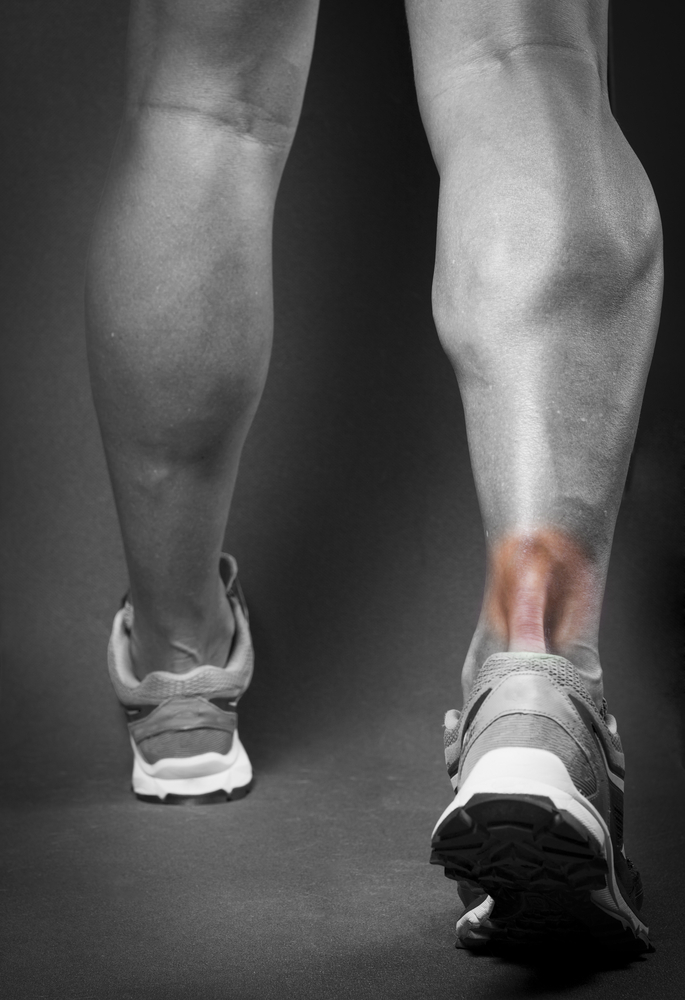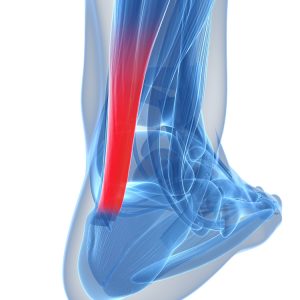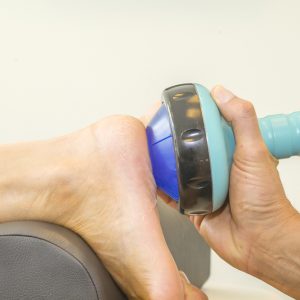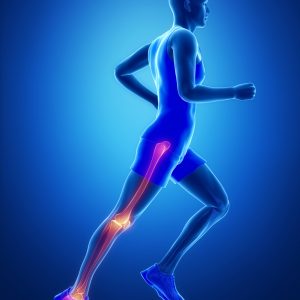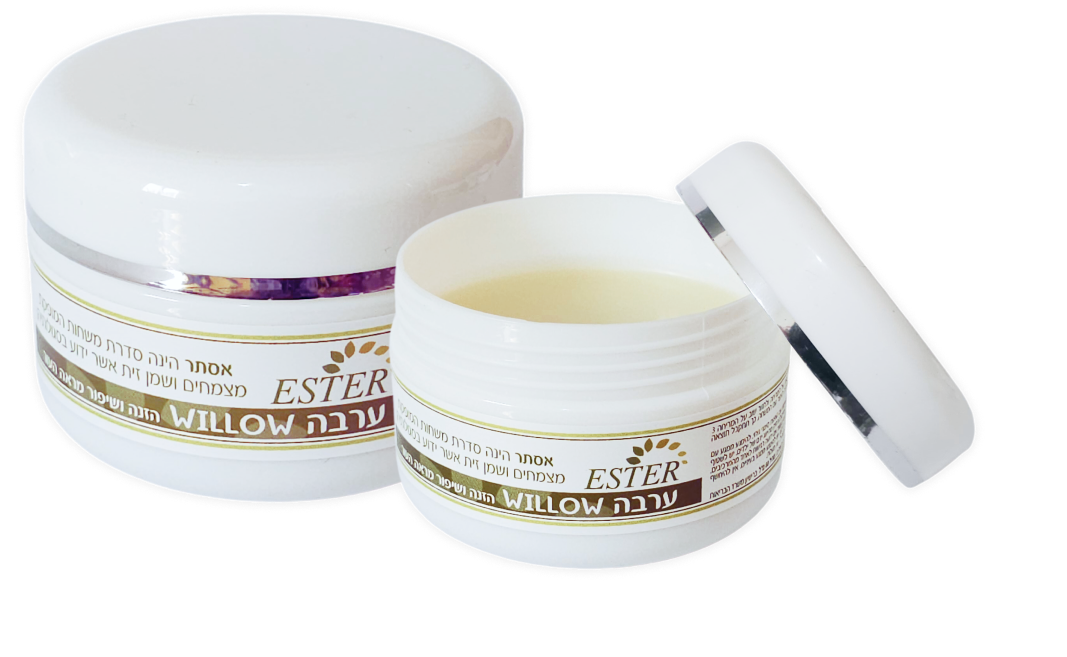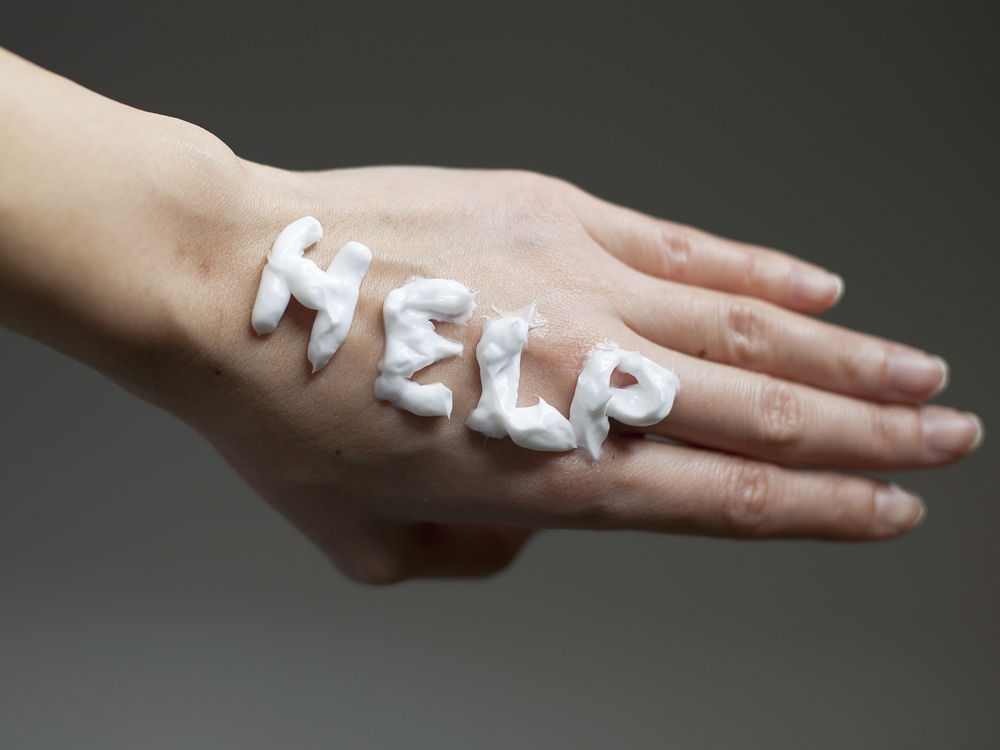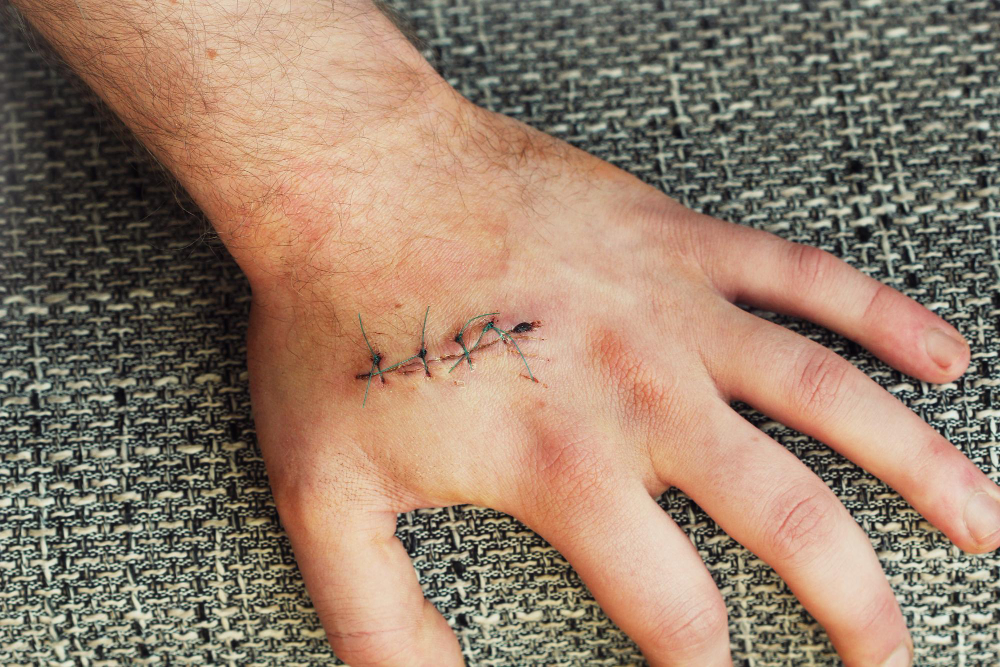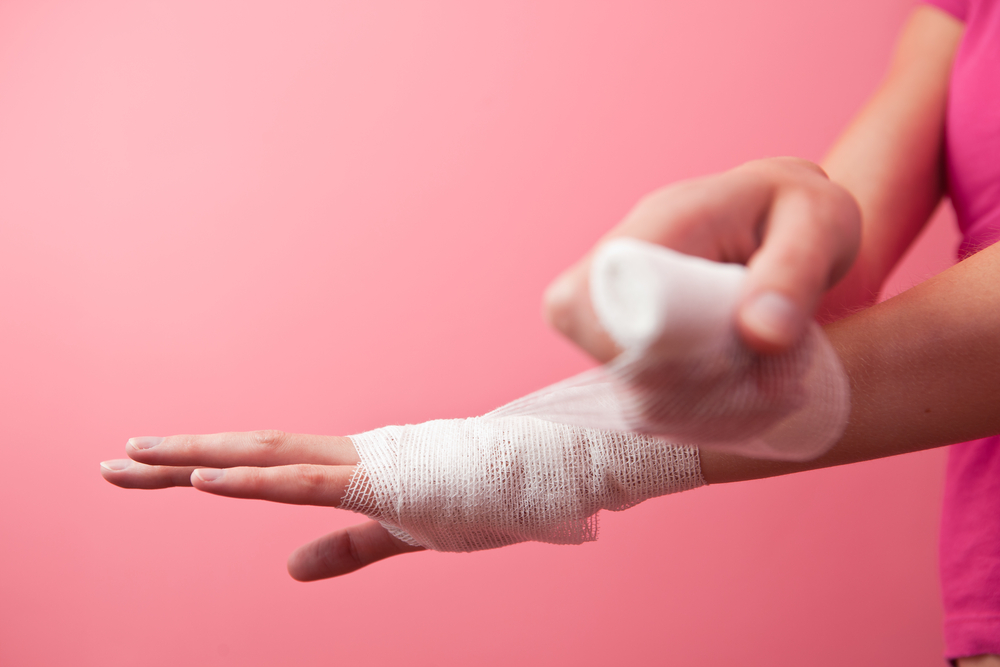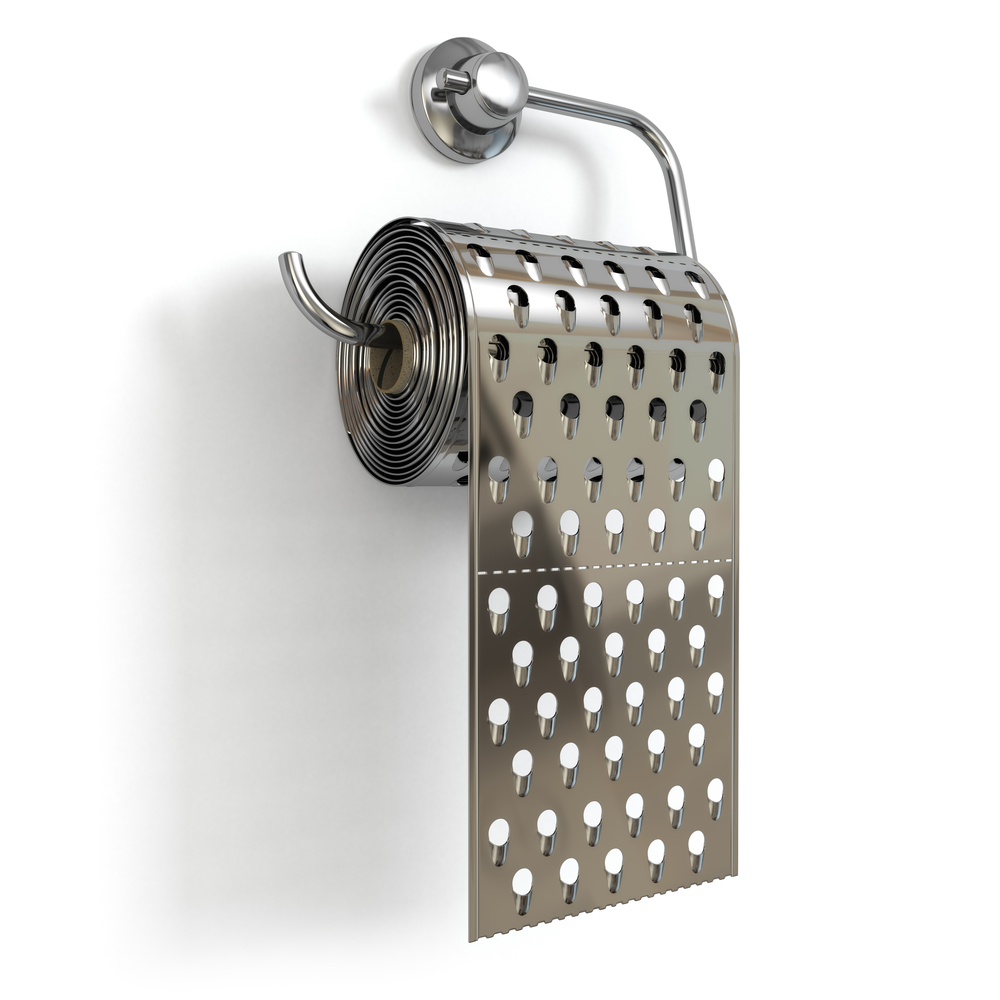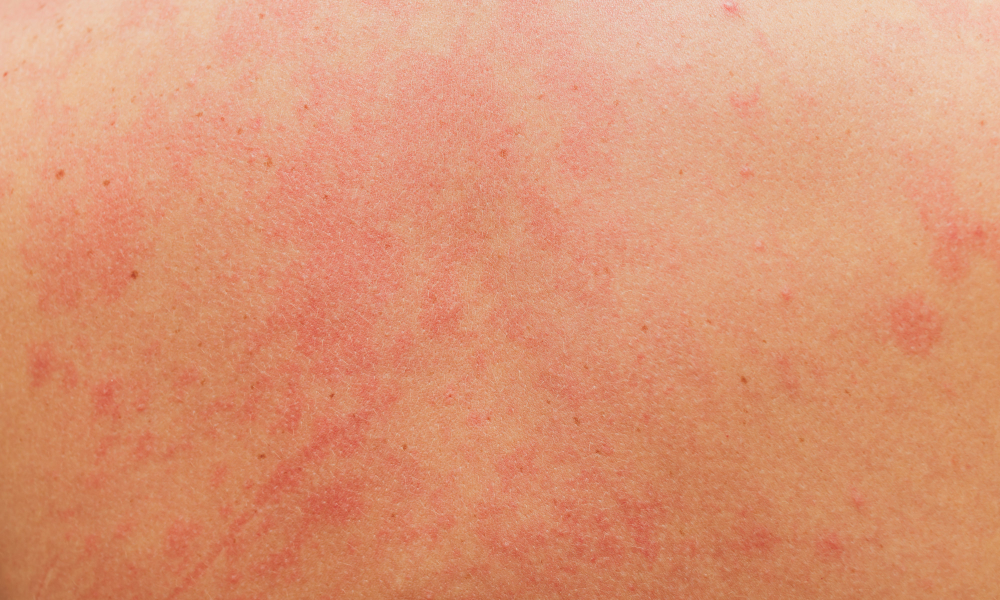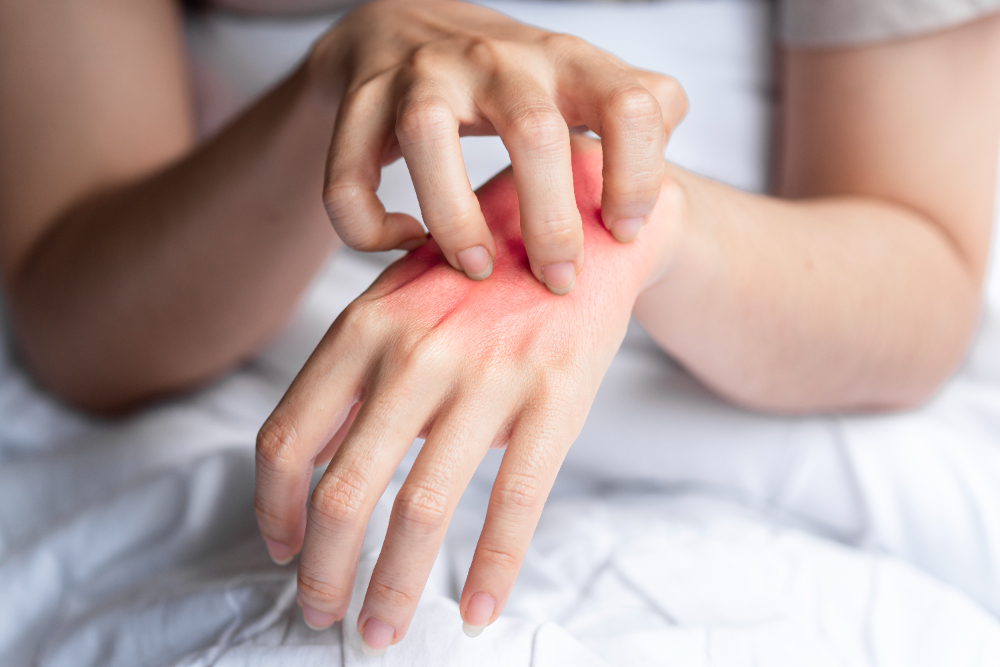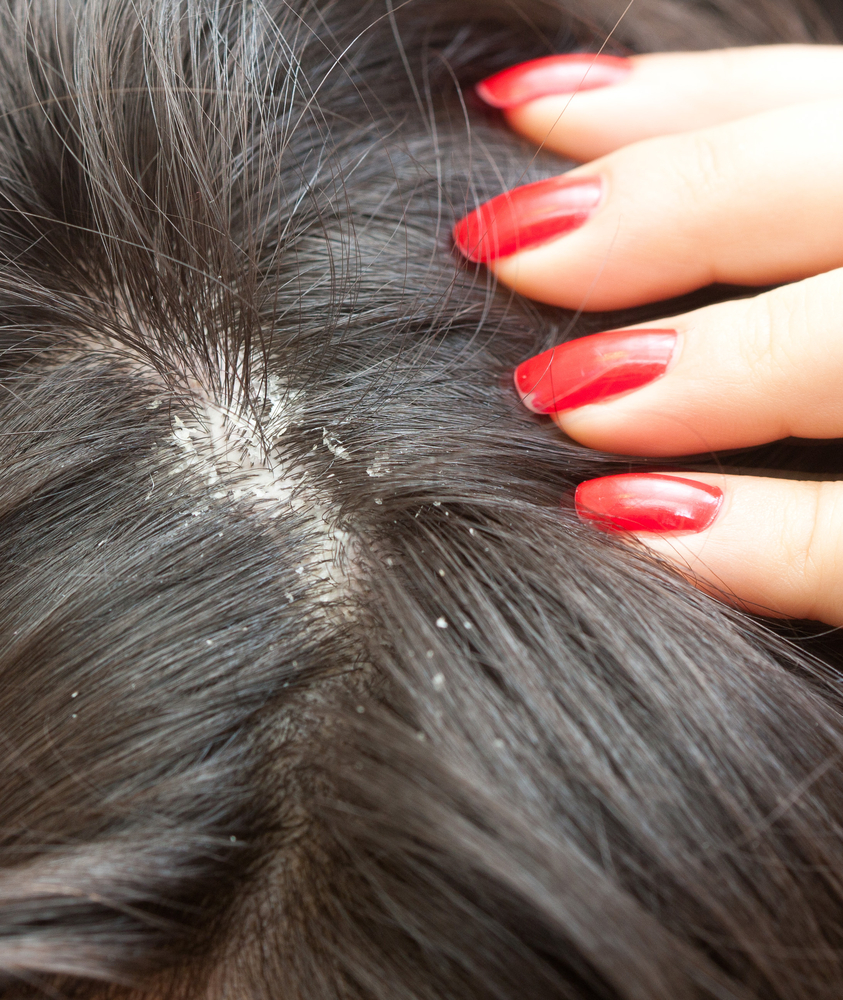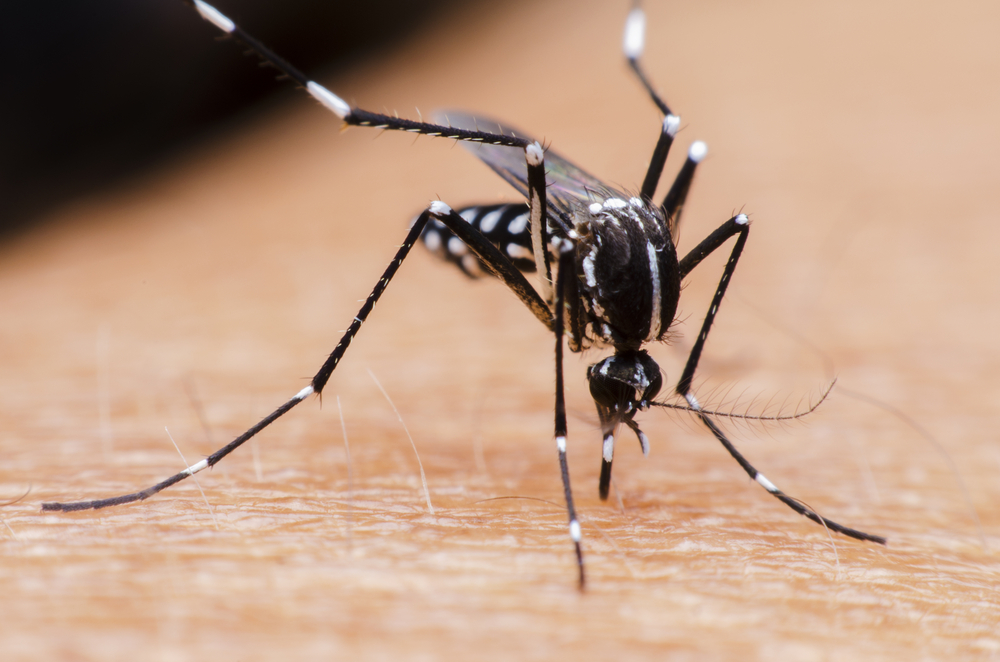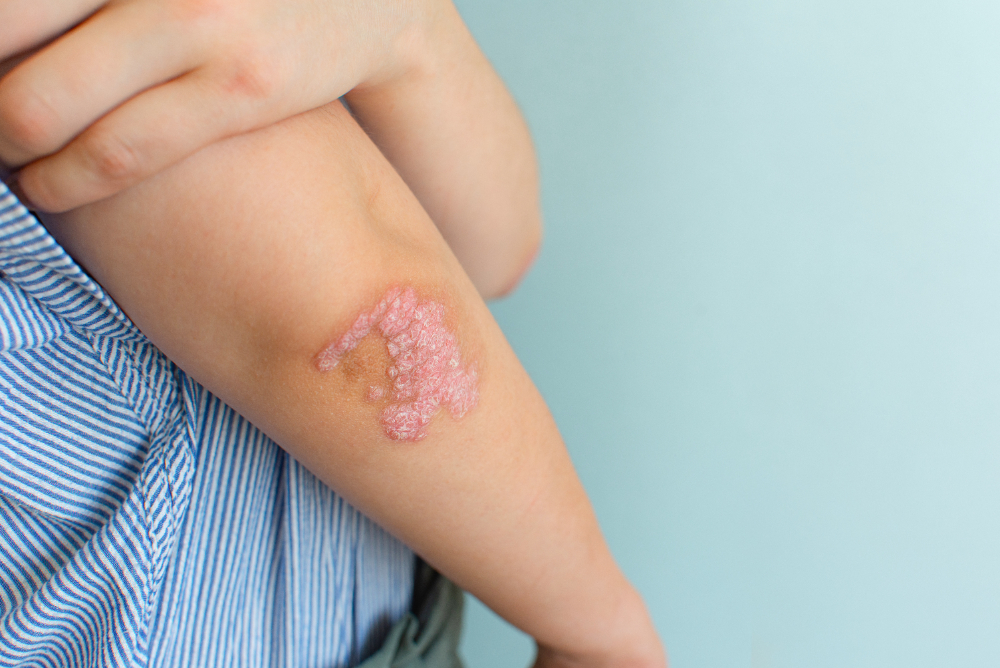Types of Tendonitis
- Tendonitis in the Hand – Usually caused by repetitive movements and can interfere with daily life.
- Tendonitis in the Leg – Like in the hand, it’s typically the result of repetitive activity and can become so severe that walking becomes difficult.
- Tendonitis in the Shoulder – Characterized by intense pain and restricted movement in the shoulder and neck area.
- Tendonitis in the Knee – Common among runners and those who engage in other aerobic sports.
- Achilles Tendonitis – A very common form, usually caused by overuse, but can also result from steroid injections.
- Tendonitis in the Foot – Also frequently seen in athletes.
Treatment for Tendonitis
Treatment for tendonitis typically falls into three categories:
- Rest – The most important first step. Rest should last up to 6 weeks and involves minimizing movement of the affected area and, if needed, using a brace or immobilizer.
- Medication – If rest alone isn’t enough, NSAIDs (non-steroidal anti-inflammatory drugs) can help relieve inflammation and pain. Topical anti-inflammatory creams or gels can also be effective.
- Steroid Treatment – If pain persists, corticosteroid injections (usually cortisone) may be used directly at the site of inflammation.
- Physical Therapy – A vital part of recovery, physical therapy helps improve movement, reduce pain, and prevent recurrence by teaching proper movement techniques.
Natural Treatment for Tendonitis
If you’re looking for natural treatments for tendonitis, it’s important to understand that natural medicine focuses on supporting the body’s own healing process rather than providing a quick fix.
According to natural medicine principles:
- Rest is key – allowing the tendon and surrounding joint to repair itself.
- Willow Ointment by Ester Care can help relieve pain and reduce inflammation naturally.
Natural approaches work best when combined with proper rest and gentle rehabilitation exercises.
Examples
